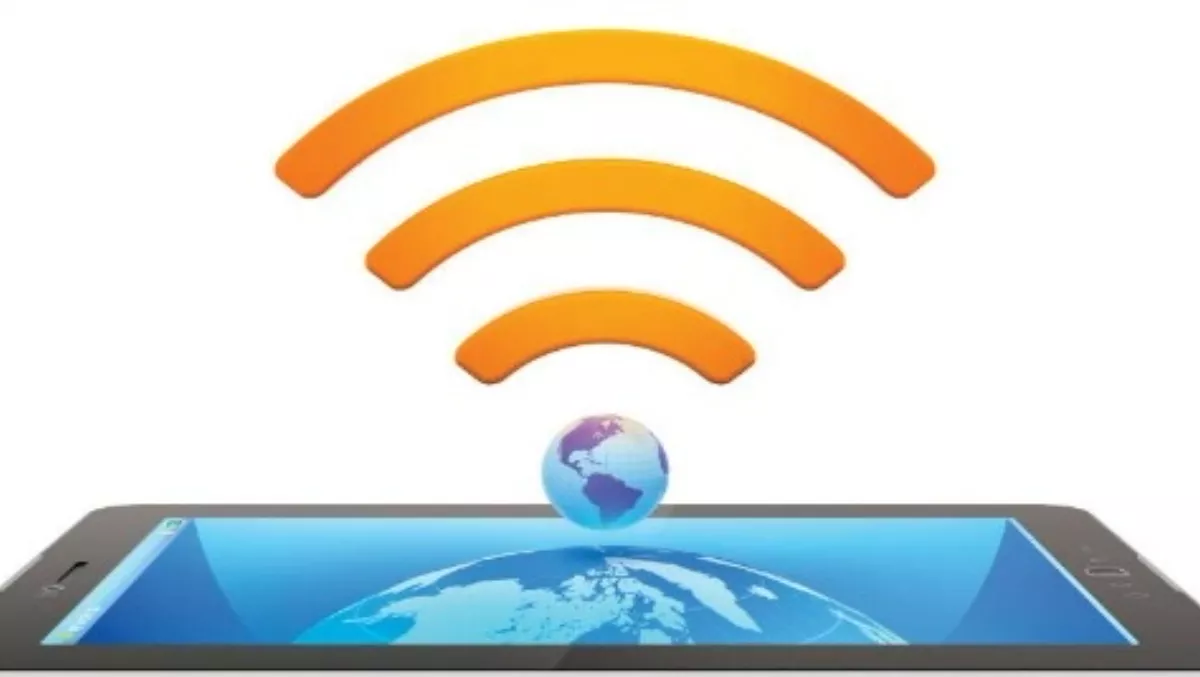
Huawei announce 4.5G as the world waits for 5G
Fri, 27th Feb 2015
FYI, this story is more than a year old
Huawei have announced a precursor to 5G at their pre-Mobile World Congress briefing in London.
The 4.5G standard - otherwise known as LTE-M will provide extra bandwidth for demanding applications such as virtual reality and ultra HD video.
Greater network capacity and energy efficiency is also on offer and promises to make the internet of things a practical reality.
Huawei's LTE-M spec promise a theoretical 1Gbps bandwidth. This could see mobile users becoming "Giganaires". It could also see much hyped fibre connections looking pretty ordinary.
LTE-M will make the Internet of Things (IOT) a practical option. Network capacity and power usage are two of the biggest challenges facing mobile equipment makers and network operators. IOT connection forecasts predict a massive upswing in the number of mobile connections.
Where existing 4G networks struggle with large numbers of mobile connections, LTE-M can handle up to 100,000 connections per cell-site. This is anything up to 100 times that of 4G.
LTE-M will also deliver superior coverage as LTE-M gear will only need 1/100th of the signal of existing 2G systems. Coverage aside, this also means that IOT widgets could feature anything up to a 10 year battery life.
With a growing number of apps and services run out of the cloud, latency (the time it takes data to travel to and from a smartphone and the cloud) is a big issue. Too much latency means apps feel unresponsive or sluggish.
Latency issues limit the applications of existing mobile networks. Telemedicine or even something as simple as flying a drone using a mobile network requires at least 20ms latency. The LTE-M standard provides a theoretical latency of less than 10ms. This could open the door for previously impossible real-time mobile applications. Huawei expect LTE-M to go live in 2016.

